At Netcore, the Marketing design team is a group of designers working in tandem with the marketing and growth teams to cater to their creative and other day-to-day requests.
How Netcore uses Airtable for marketing design management
Airtable is a low-code platform for building collaborative apps to customize workflows, collaborate, and achieve ambitious outcomes. There are so many project management tools available in the market starting from Atlassian JIRA, Trello, Asana, and numerous others. But when it comes to managing design for marketing operations, it can be tricky with several cross-team collaborations that become quintessential for the project’s success.
At Netcore, the Marketing design team is a group of designers working in tandem with the marketing and growth teams to cater to their creative and other day-to-day requests. Marketing design team can get very tricky to manage at times when compared to product design just because of a very high number of stakeholders involved and the tight timelines designers work in. In addition to it, with the team working from home it became the need of the hour to put a process in place that can improve the efficiency of designers, increase the satisfaction of stakeholders and help the company generate a significantly higher ROI of investing in an in-house marketing design team apart from the core product design team.
When I look back in time, here is what the scenario was (when we were not using Airtable):
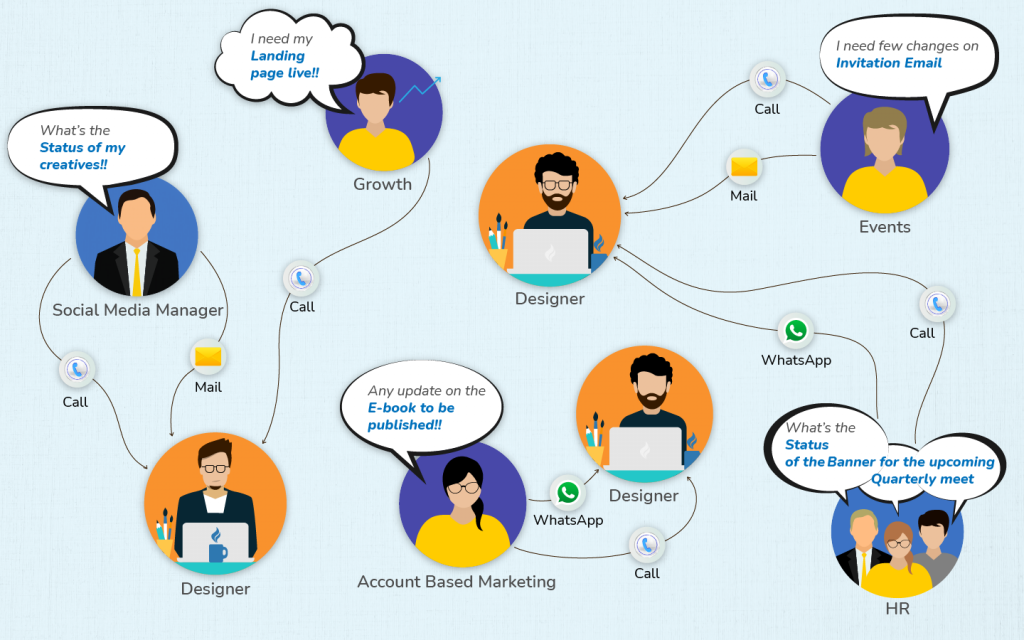
As evident from the image above, there were some core problems:
- Designers working in silos with stakeholders.
- Multiple channels to reach out to designers – flock, email, call, Whatsapp, and whatnot.
- Stakeholders were not able to track the status of their requests.
- No quality control of the deliverables. No feedback on the output from stakeholders.
- Designers were frustrated due to multiple stakeholders reaching out to them at the same time with priority items. As always is the case 😉
- Stakeholders were also frustrated at the same time as they were not able to know why their requests are delayed.
- Inconsistent and inefficient usage of design resources.
After introducing Airtable, here is what the scenario currently looks like:
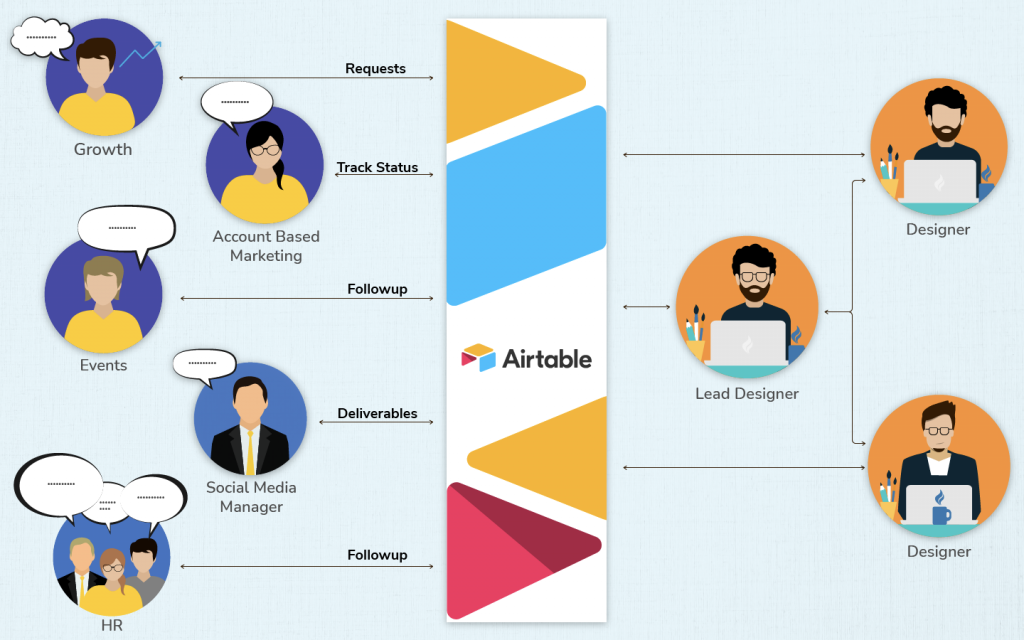
As you could see Airtable became the common ground for stakeholders to post their requests to marketing design team, track their requests, and also give feedback on the work they received. Let me now get into details of how we used Airtable’s ecosystem to stitch into the workflow. Here are the different components:
1. Table view as request register and tracker

This also acts as a public tracker for all stakeholders to track the status of their requests. They can see the expected date of delivery and the designer who is working on that request.
2. Form view for the stakeholders to place in their requests

We made sure to include all the important fields to make sure we have all the P0 inputs that the team needs to get going
3. Zapier integration with Flock for real time updates

This turned out to be ultra-important for the team as using this integration the team got their real-time notifications whenever a new request was placed by any of the stakeholders.
4. Tracking and Assignment views

Individual designers had their own filtered views so that they can see what is in their bucket and by when what is expected to be delivered.
5. Deliver the output using attachments
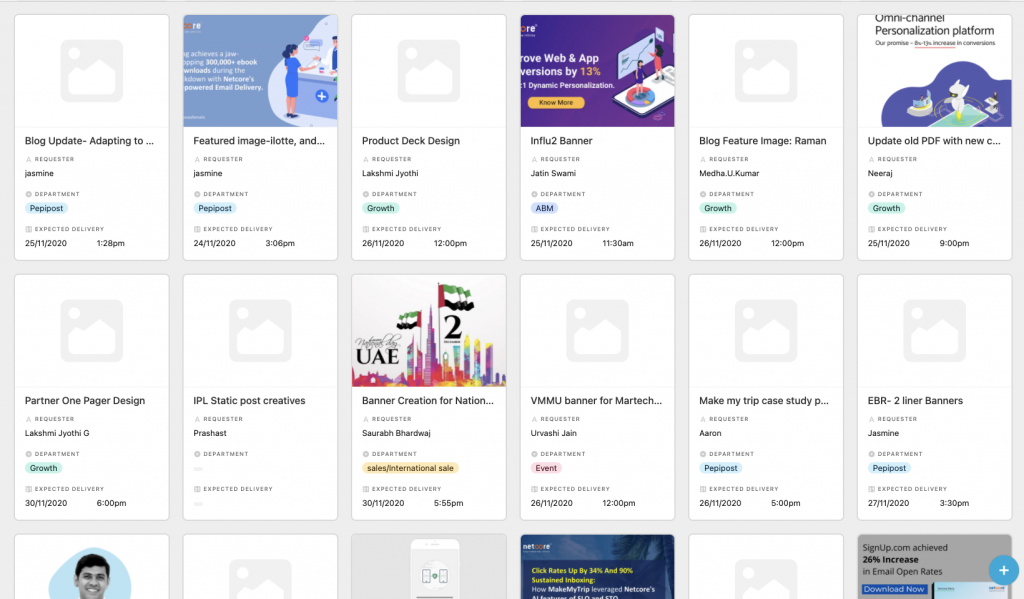
This then also act like a repository of all the design deliverables. Whenever the stakeholders wanted to reuse some of the work they did in the past, they can simply refer back to Airtable to get the creatives.
6. Using automation to capture feedback

Once a request’s status has been marked as ‘Done’, an automated email is triggered to the requester. The requester is asked two questions, one is to rate the delivery on a scale of 1 to 5 and the second is any additional feedback they might have. I get this feedback directly on my mail so that I could keep a track of how the team is doing and focus on the weak or troublesome areas.
Using the above workflow we were able to knit together individuals as a team. Individuals who were working in silos were now working more closely and having their fellow’s back. Stakeholders were also happy at the same time since there was increased transparency in the process. They were able to see and track their design requests.
Apart from managing marketing design workflow, at Netcore we use Airtable for almost every use case, especially in product and marketing design. Be it capturing user testing results, planning and executing design sprints, and even taking and tracking requests for new components for our indigenously built Infinity Design System which by the way I would write another article soon 🙂
Got any views on this?
Reach out to us at design@netcorecloud.com
Don’t forget to checkout our new site and brand identity for Netcore cloud at netcorecloud.com
Thanks for your patient reading!
..

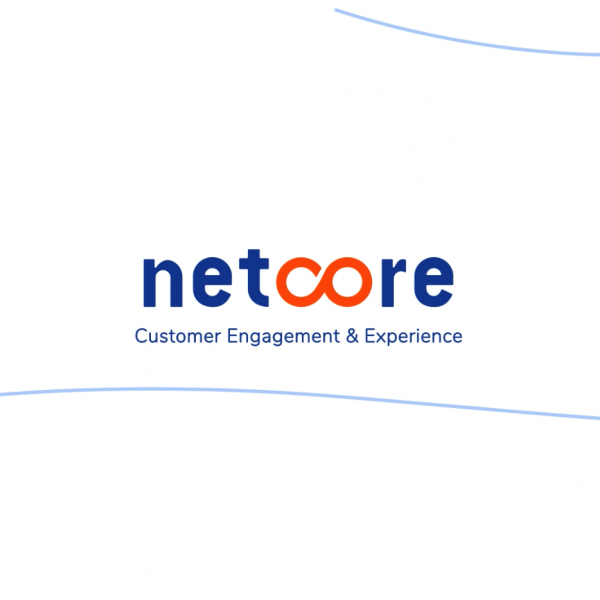
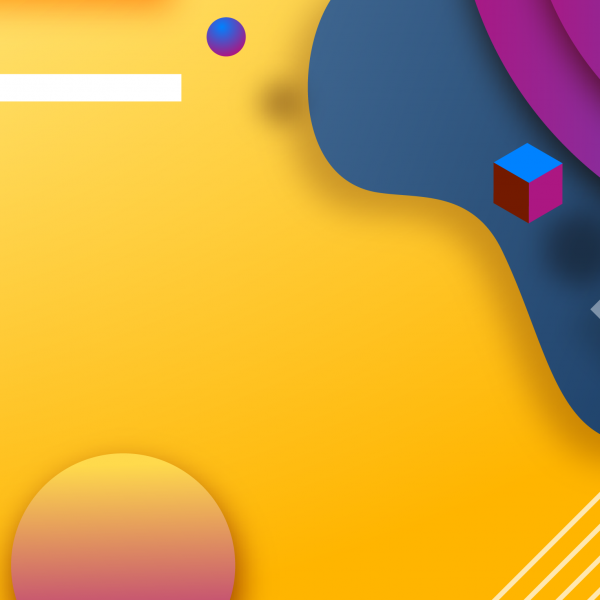
Leave a Comment